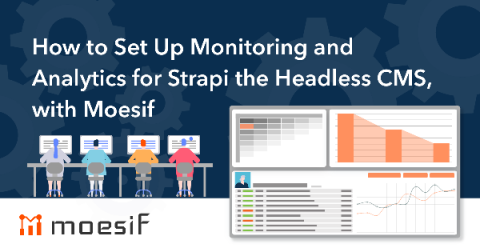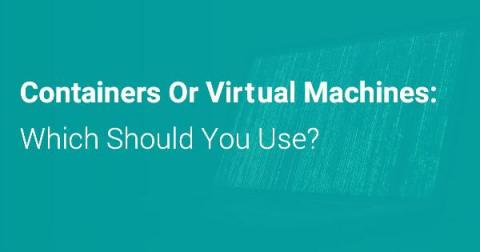How to Set Up Monitoring and Analytics for Strapi the Headless CMS, with Moesif
Strapi is a headless CMS based on Node.js. Headless means that it makes all of its content available via an HTTP API, so you can easily build your user-facing frontend around it. Since it’s a fully-fledged CMS, it brings an administration frontend out-of-the-box, making publishing and maintaining content straightforward - even for those without a technical background. Since everything in Strapi works via an API, it’s perfect for Moesif API monitoring.










